Themes

As the digital world expands, the borders between the actual and the simulated are blurring. The architecture of the internet swells and warps with the constant innovation of emergent technologies, bringing with it the potential to either support or displace physical experience. This limitless non-place provides a canvas for creative minds to explore and manipulate in ways we are yet to manifest in what may no longer be considered the ‘real’ world.

Institutions have typically controlled historical narratives, but in the age of the internet, their omnipotence has come into question. With more access to both sources of knowledge and ways to disseminate that knowledge, the sharing of diverse and conflicting accounts have the potential to reimagine our understanding of the past.
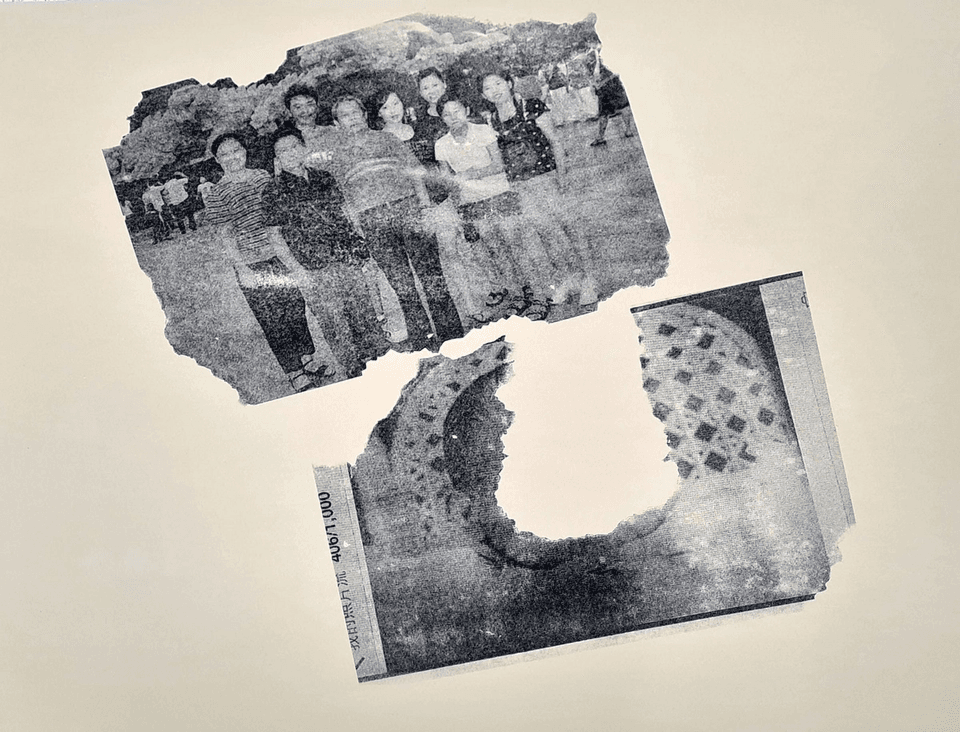
Beyond the devastating impacts of Coronavirus itself many have faced hurdles in approaching the safeguarding of physical and mental health over the course of the pandemic. From the challenges of Long Covid to Zoom fatigue, the need for new innovations in care have been more important than ever. In his New Year's message, United Nations Secretary-General Antonio Guterres called for 2021 to be considered as the “year of healing”. "Healing from the impact of a deadly virus. Healing broken economies and societies. Healing divisions. And starting to heal the planet."1

The patterns, semiotics and aesthetic considerations of the works presented here emerge from reducing, skewing or reimagining the everyday, in turn becoming part of the everyday themselves. When faced with the reality of navigating the world, sometimes, we need to step back and revel in the beauty of form and the simplicity of materials. To move away from the screen and embrace objecthood and texture in its purest form.
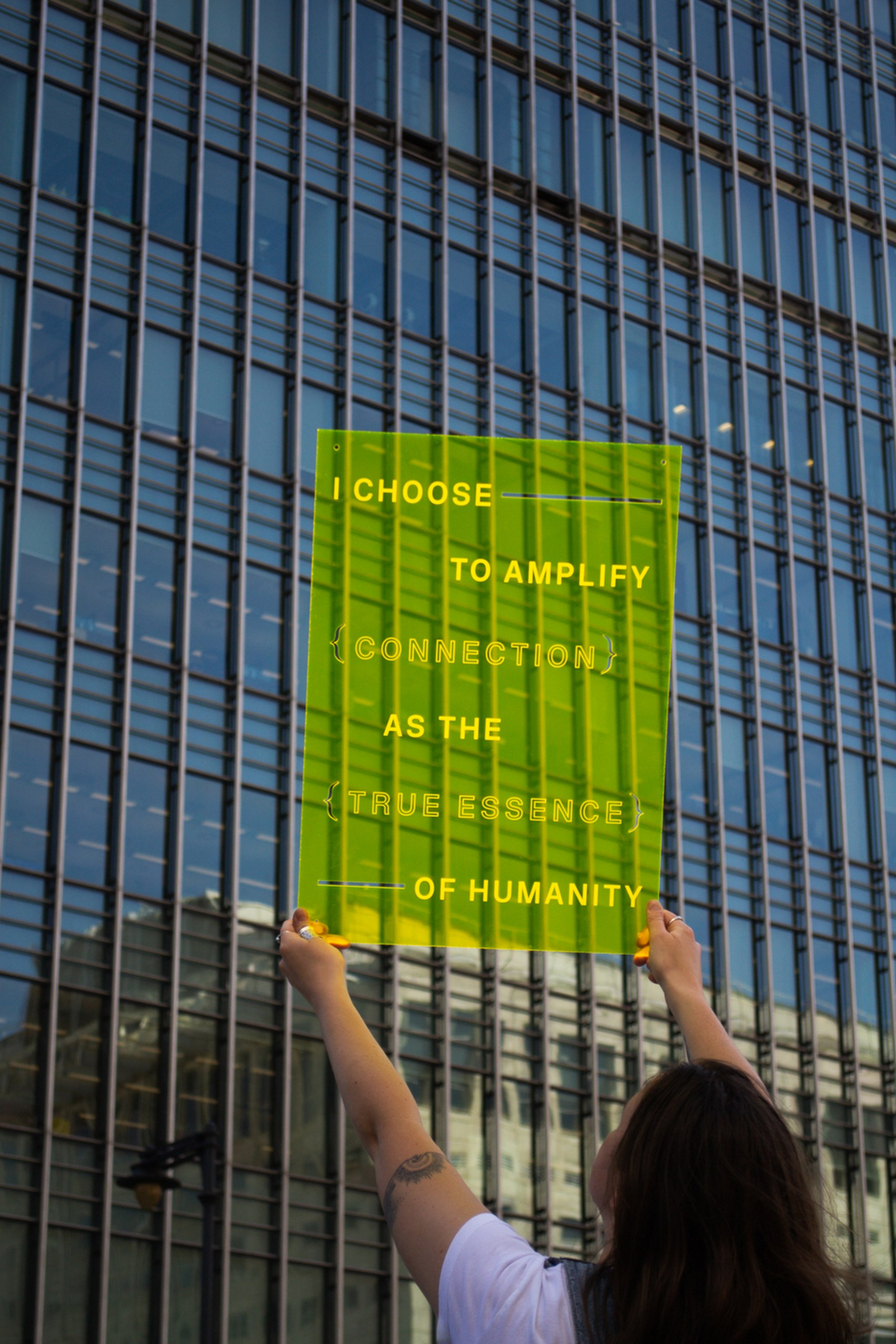
In an increasingly globalised world, the concept of neighbours and our relationship to them is constantly shifting. Where once this would be considered the person who lived next door to you, we now see relationships between countries, species and ideologies that share common borders.
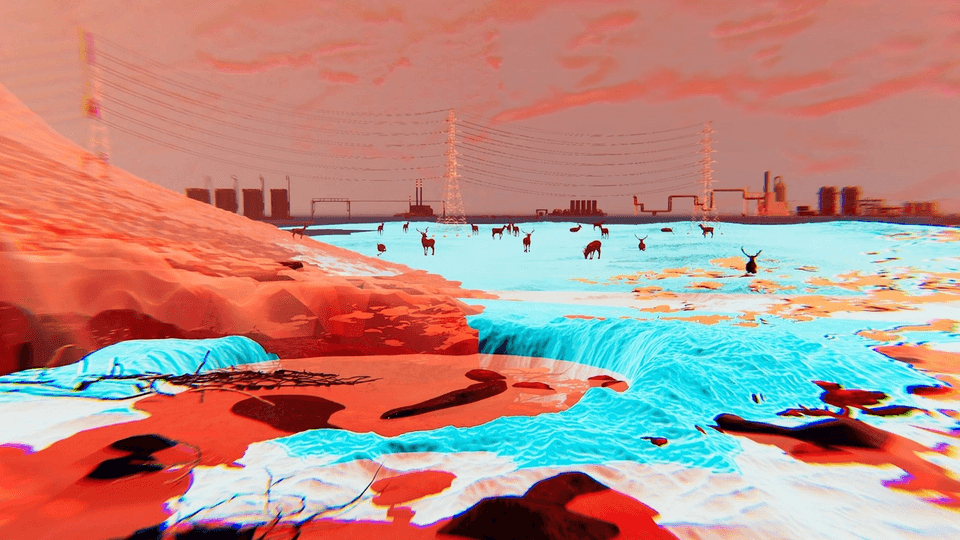
It was predicted that the pause in movement over the lockdown would reduce emissions significantly, but in reality the impact was lower than anticipated1. Global temperatures continue to rise, the poles are melting into the sea and severe droughts affect food crops. Simultaneously flora and fauna face extinction due to these rapid changes as well as the growth of the human race and it’s destructive practices.
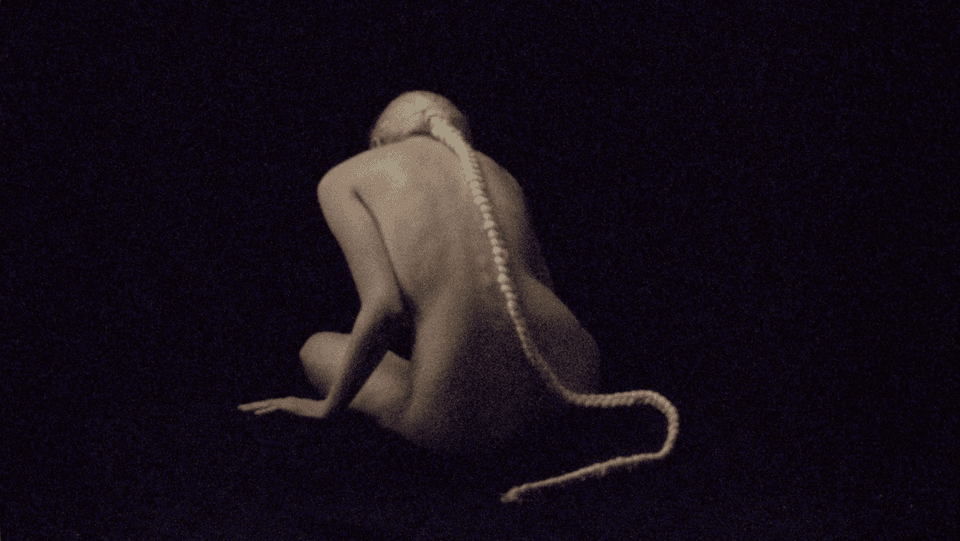
Second hand sensual experiences have become commonplace. We salivate over pineapple upside-down cakes whilst watching TV baking shows, smell the ocean as described in great novels and imagine the touch of another human whilst swiping through dating apps. During the pandemic, with so many of us broadly confined to our homes, this has become our primary mode of engagement with the world at large.
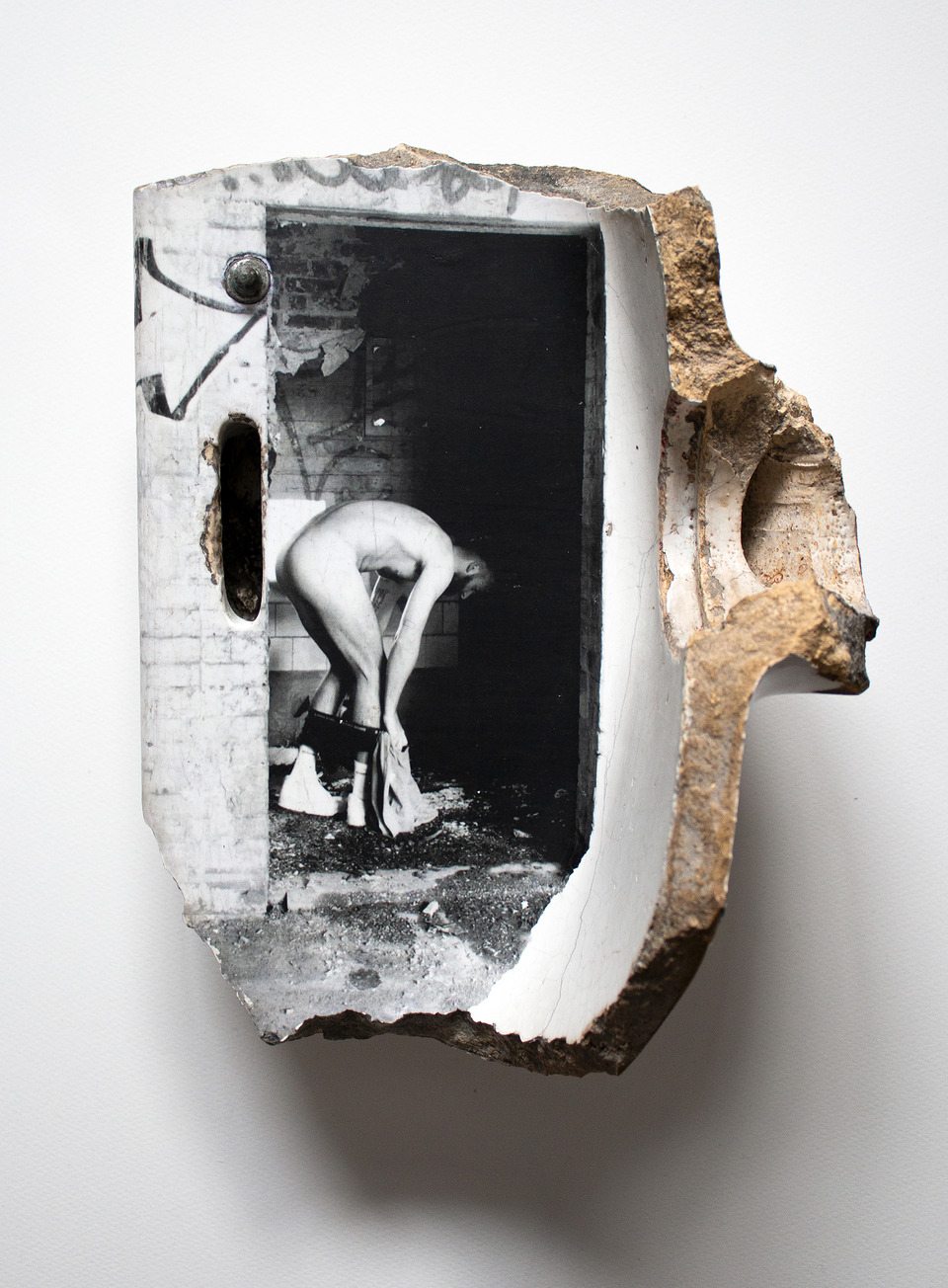
Over the course of our graduating students' time at the College issues of identity have been at the foreground of public discussion. The murders of George Floyd and Sarah Everard brought about protests which instigated international support for the Black Lives Matter movement and highlighted the continued violence women face at the hands of men. Scrapped reforms to the UK’s Gender Recognition Act kept the decision on trans individuals identity in the hands of cis-gendered individuals. Social isolation throughout the pandemic has worked against the needs of the working class who cannot simply 'work from home'.

Over the past two years we have experienced a dystopic intervention many of us could not have envisaged. The idea of a global pandemic, a singular event threatening everyone on the planet, is more suited to Hollywood than it is the lived reality of our day to day. Yet here we are on a journey into the unknown, unsure whether we are reaching the end or stuck in the middle of a significant punctuation in the story of humankind.